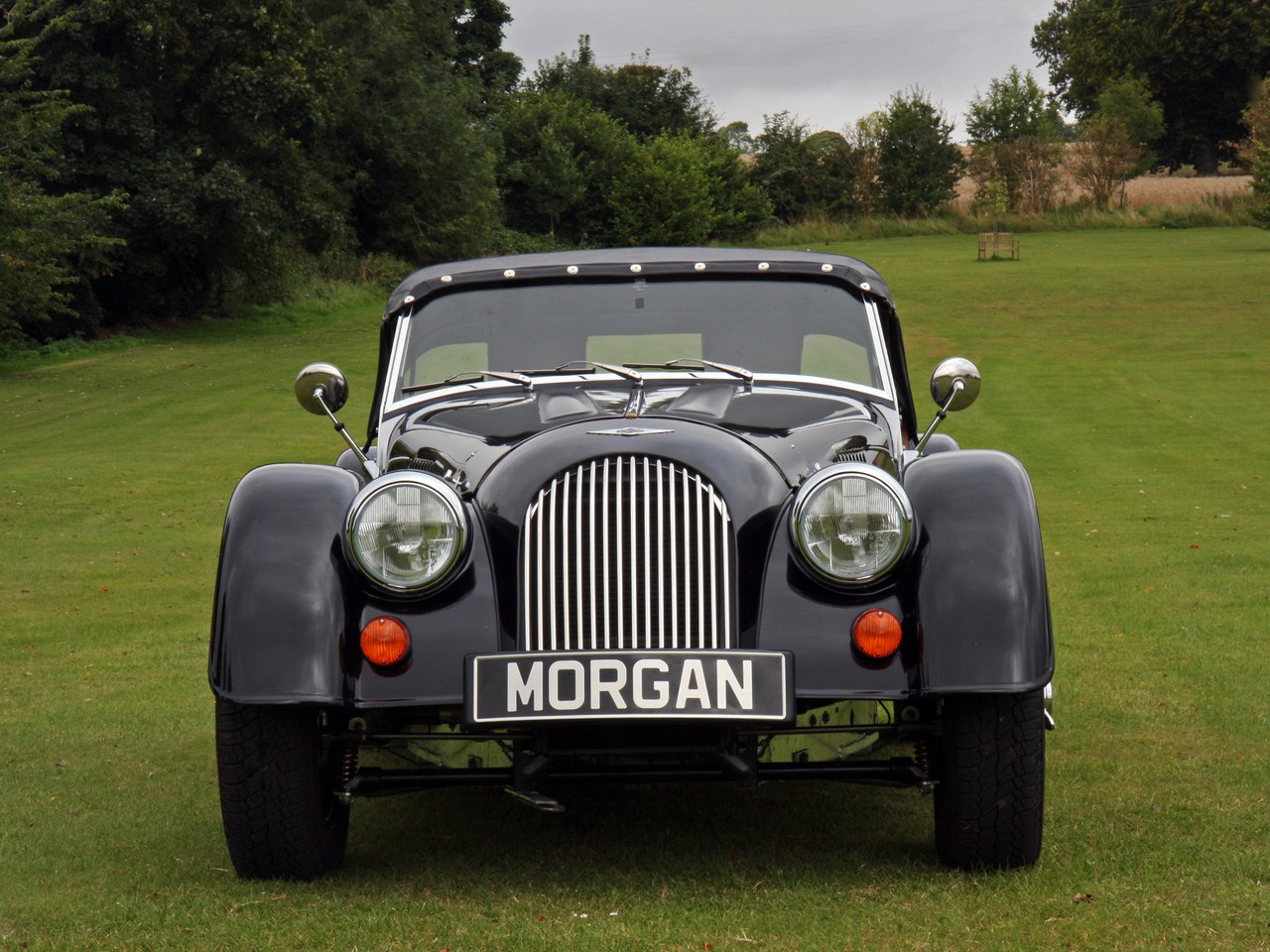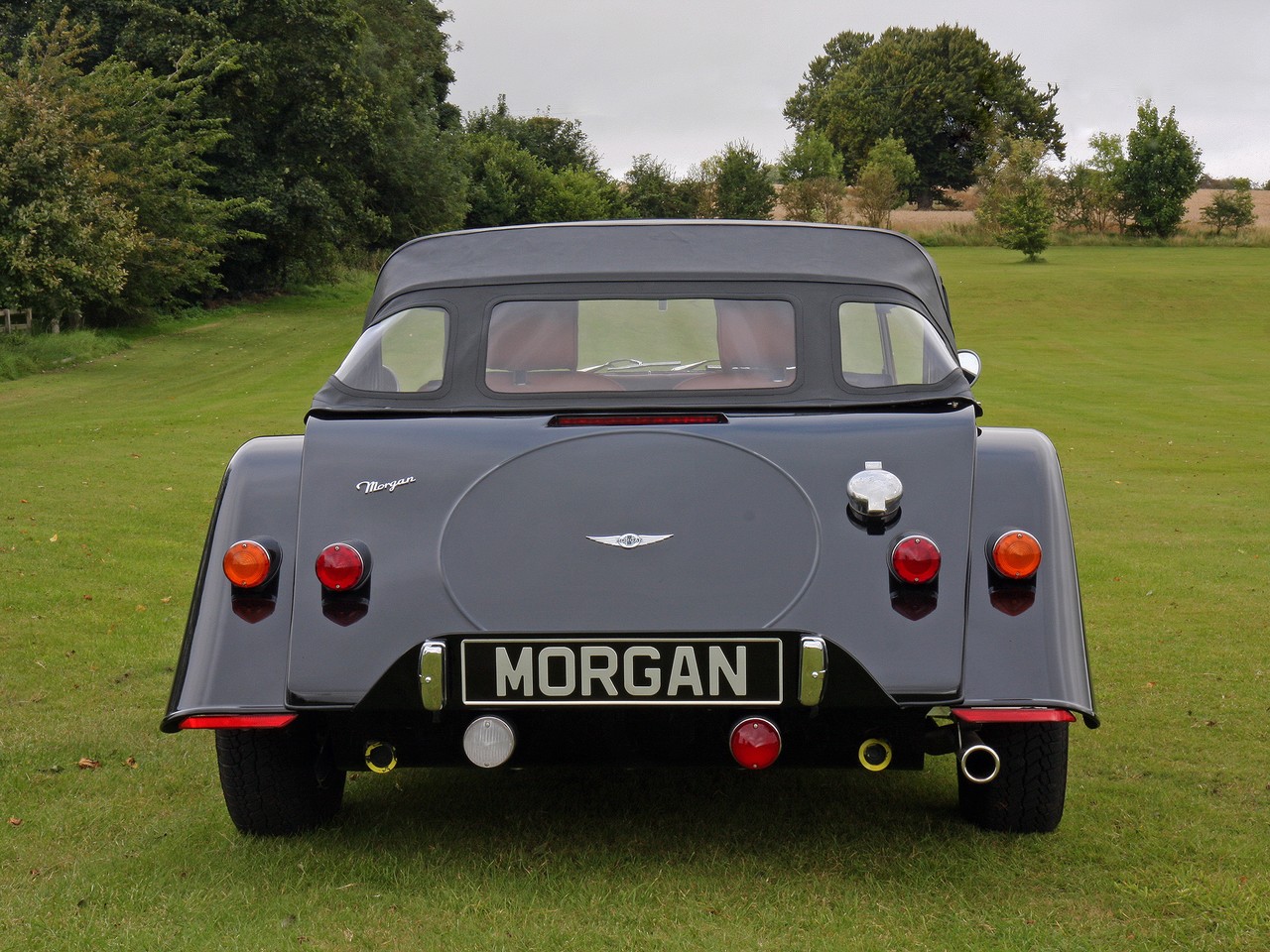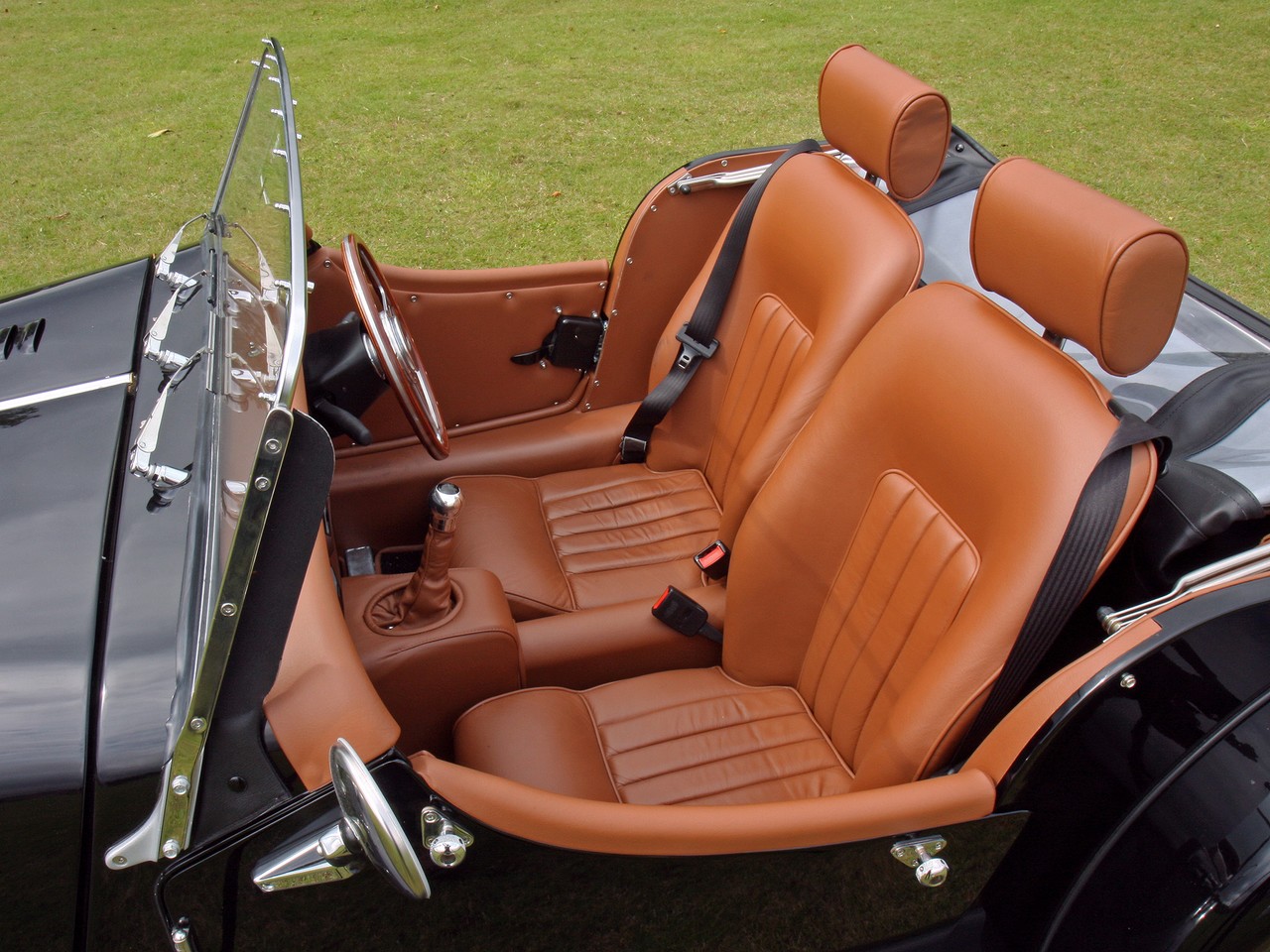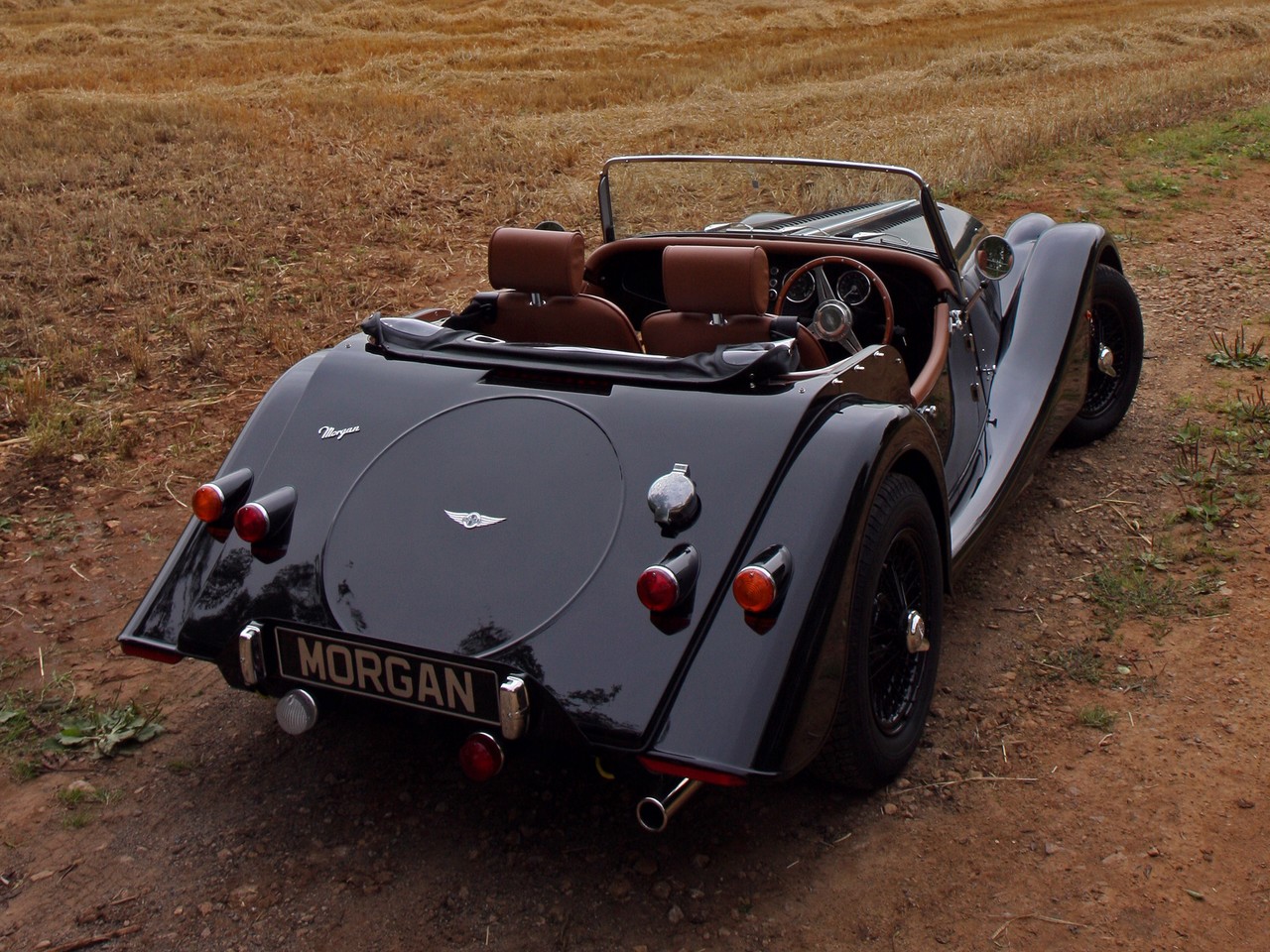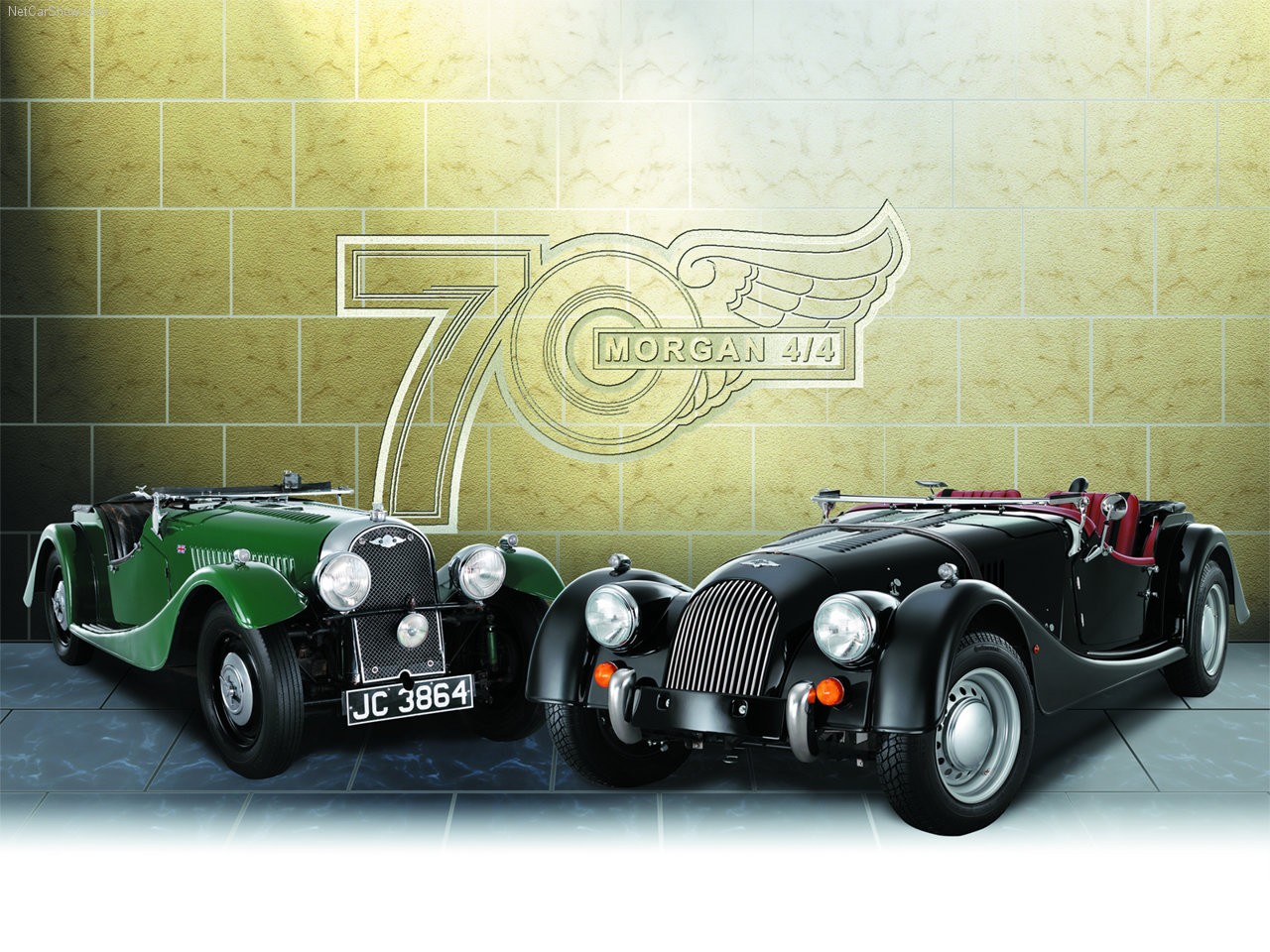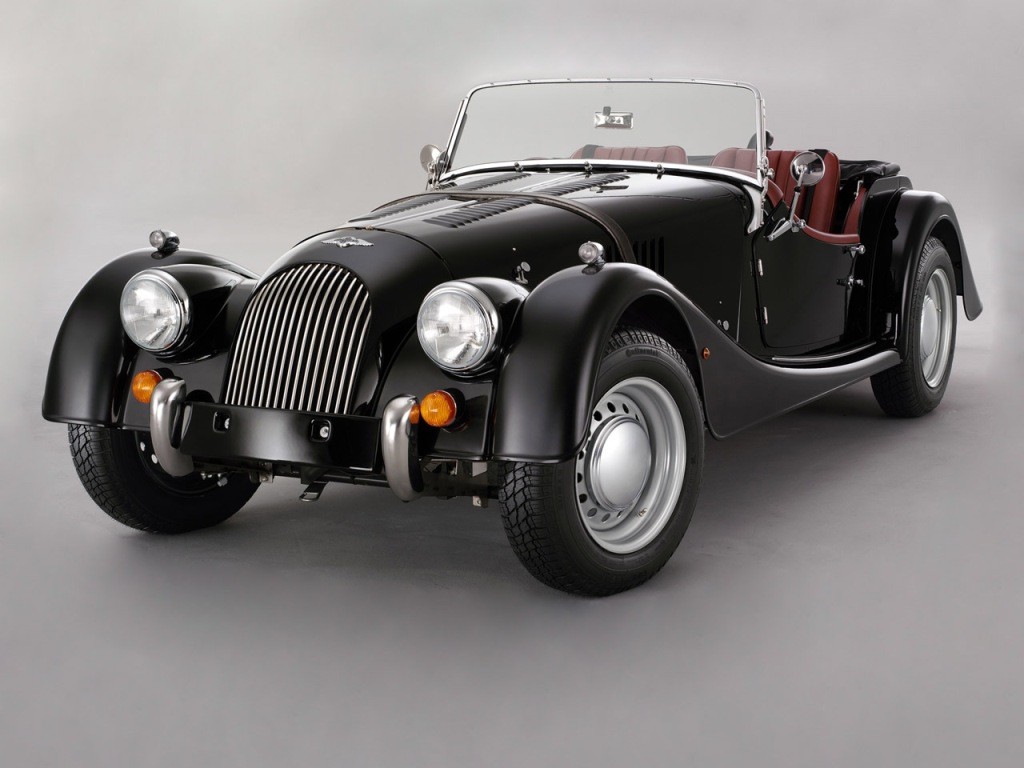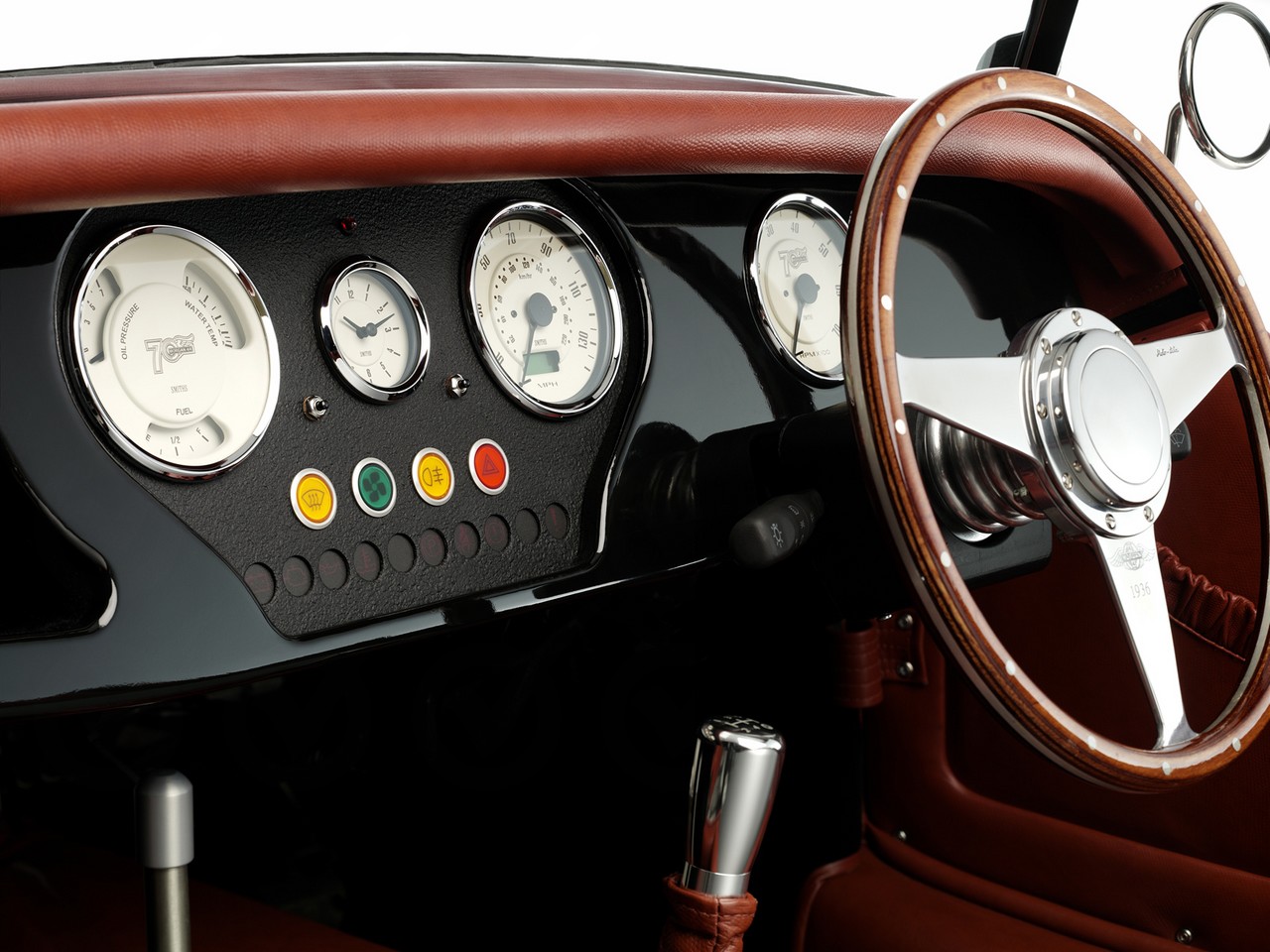
- Light, agile chassis
- Impressive dynamics
- Excellent steering feel
- Economical 1.8-litre Ford engine
- Poor ride quality
- Awkward ergonomics
Overview
Released in February 2002, the Morgan 4/4 was a two-seat roadster with a canvas roof. Hand-built in Worcestershire, England, the rear-wheel drive 4/4 was powered by a 1.8-litre four-cylinder petrol engine that was mated to a five-speed manual transmission. The 4/4 was withdrawn from sale in Australia in 2007 due to non-compliance with the Australian Design Rules (ADRs), but ADR-compliant models returned in 2011.
Engines
From 2002 to 2005, the 4/4 1800 was powered by a 1.8-litre Zetec-R (or Zeta) engine that was manufactured by Ford. This 1796 cc engine had a cast iron block, an aluminium cylinder head, double overhead camshafts, four valves per cylinder, coil pack ignition and a compression ratio of 10.0:1.
From July 2005, the 4/4 1800 was powered by the 1.8-litre ‘Duratec 18’ engine – shared with the Mk.1 Focus – which differed in that it was an interference engine with an aluminium block, chain-driven camshafts, fracture-split forged powder metal connecting rods and coil-on-plug ignition. The Duratec-engined models could be identified by the rear exhaust pipe positioned on the right side of the vehicle.
Body and dimensions
Australian-delivered Morgan 4/4 models had an aluminium body (including the scuttle) on a galvanised steel Z-boxed chassis with ash (wood) cross members. The 4/4 was 3890 mm long, 1500 mm wide, 1290 mm tall and had a 2440 mm long wheelbase; kerb weight was 890 kg.
Suspension
The 4/4 had independent, sliding pillar front suspension with coil springs and gas-filled telescopic shock absorbers. Furthermore, the underslung live rear axle was suspended by semi-elliptic leaf springs and lever-arm dampers.
July 2005 production changes
From July 2005, the 4/4 had a ‘quick-fit’ soft-top canvas roof with a revised 25-degree windscreen. The new soft-top provided better sealing of the sidescreens due to the firm cant rail in the roof folding structure, while access to the rear parcel shelf was also improved through the fitment of a quick release lever.
Other changes introduced for July 2005 production included lighter aluminium fuel tanks (previously steel), stainless steel kingpins for greater durability and flocking material in the tool trays to reduce noise on rough surfaces.
Visually, these post-July 2005 models could be identified by their ‘Le Mans’ filler cap (like the 1962 Le Mans Morgan Plus 4 class winner) and clear undercoat for body protection (previously black).
| Engine | Trans. | Years | Peak power | Peak torque | |
|---|---|---|---|---|---|
| 4/4 1800 | 1.8-litre petrol I4 (Zetec-R) | 5sp man. | 2002-05 | 84 kW at 5500 rpm | 160 Nm |
| 1.8-litre petrol I4 (Duratec 18) | 5sp man. | 2005-07 | 93 kW at 6100 rpm | 162 Nm at 4400 rpm |
Safety equipment
Standard safety equipment consisted of dual front airbags.
Features
Standard features for the Morgan 4/4 included 15-inch centre lock spoke wheels with 165/90 5J x 15 tyres, a tilt adjustable steering wheel, an electrically heated windscreen and a polished walnut dashboard. While the centre lock spoke wheels were fitted as standard, bolt-on alloy wheels were available as a no cost option.
Lower front sports seats with leather upholstery were initially offered as an extra-cost option, but were fitted as standard from July 2005 production. From July 2005 production, the 4/4 was also available with either a body-coloured or Royal Ivory hard top roof.
Morgan 4/4 70th Anniversary
In 2006, Morgan produced 142 4/4 70th Anniversary editions to commemorate the 70th anniversary of 4/4 production. Compared to the standard 4/4, the 70th Anniversary editions were distinguished by their:
- Folding and reclining sports seats (in lieu of fixed backrest angle sports seats);
- Flat-folding windscreen;
- Elasticated door pockets;
- Tonneau cover;
- Badge bar;
- Round exterior mirrors;
- Le Mans polished gear knob;
- Special St Christopher dash plaque;
- Bonnet strap;
- Extra bonnet louvres;
- Door handles;
- Chrome interior mirror;
- Stereo with radio, CD player and aerial;
- Clock; and,
- Bolt-on disc wheels.
The 70th Anniversary editions were also available with a range of rear windows that represented particular periods of production, with ‘oval’ rear windows for the 1930s and 1940s, a ‘double D’ design for the 1950s, a ‘smile’ window for the 1960s, a ‘BIG’ design for the 1970s and 1980s and the contemporary design for the 1990s and 2000s.
Brochure
Related links
